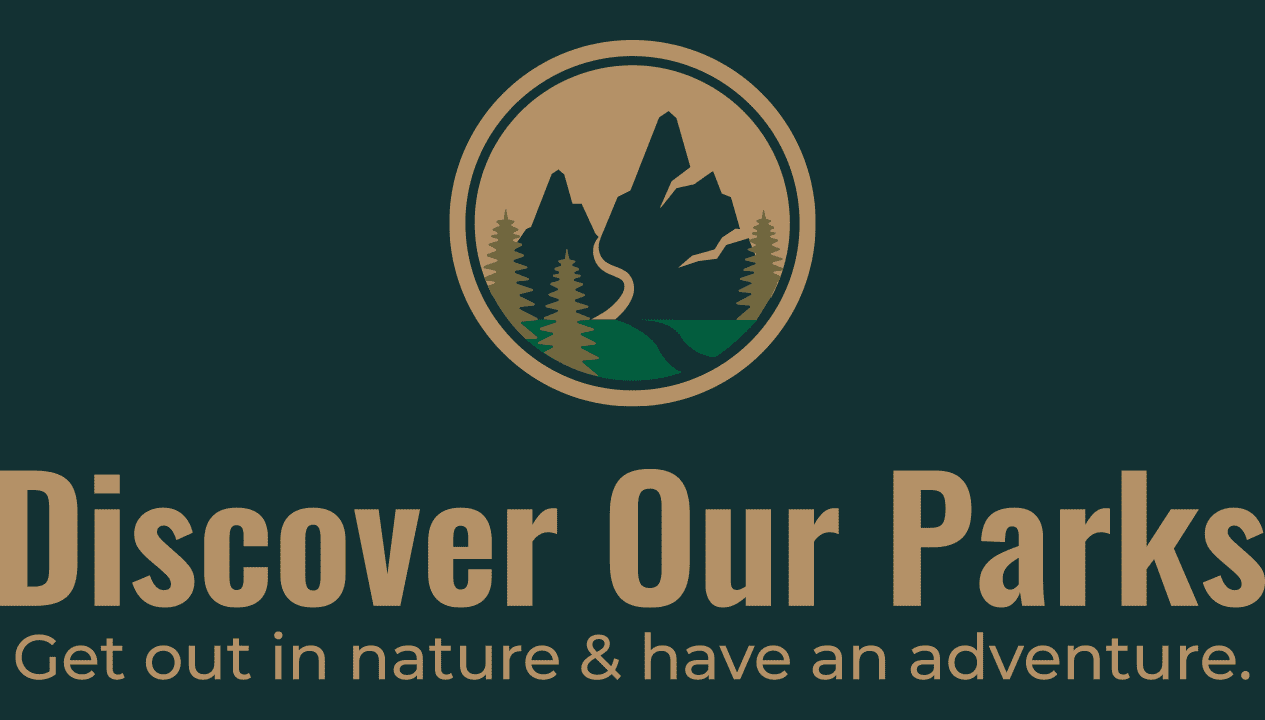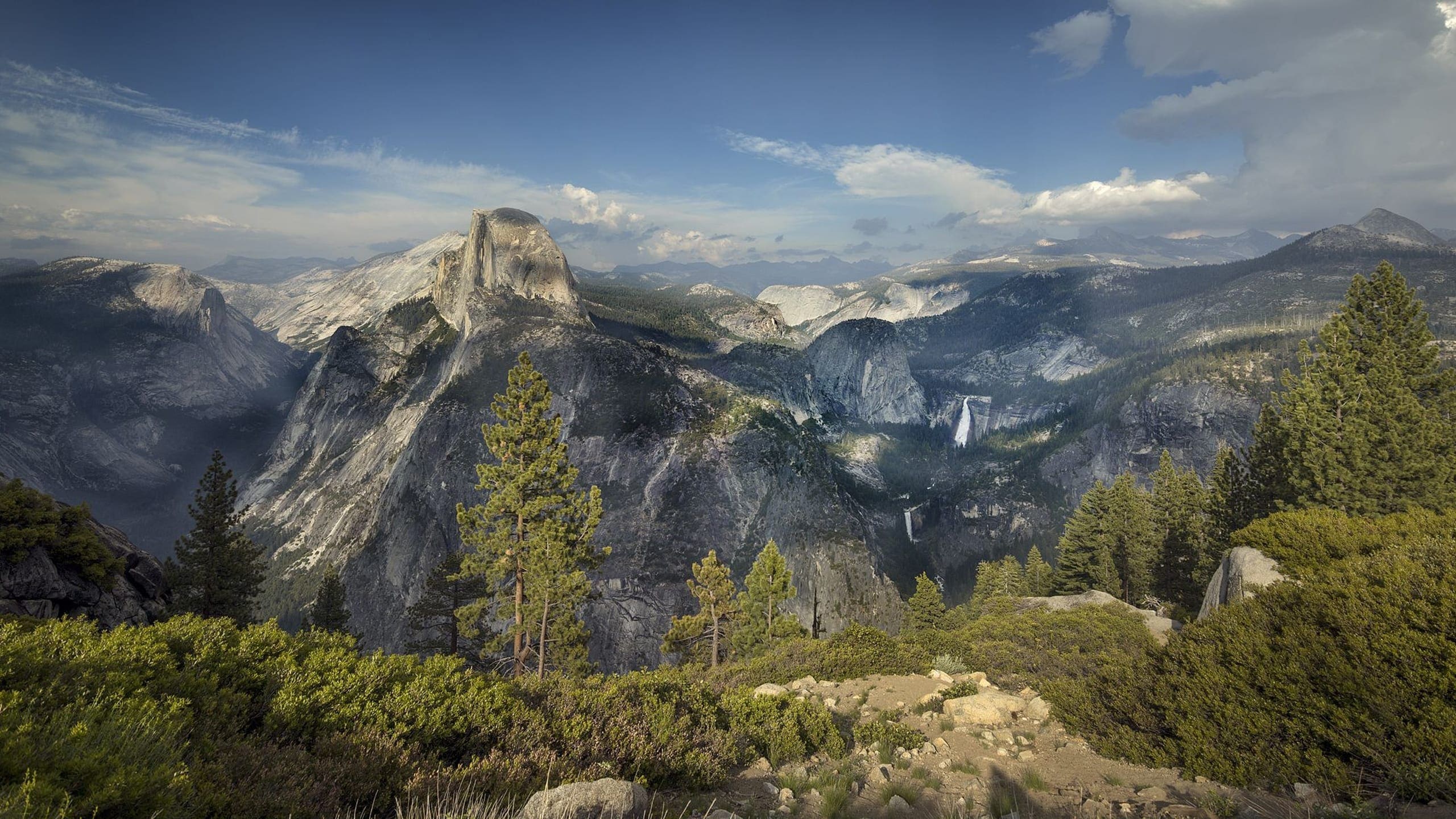About Yosemite National Park
Through a rich history of conservation, the spectacular natural and cultural features of Yosemite National Park have been protected over time. The conservation ethics and policies rooted at Yosemite National Park were central to the development of the national park idea. First, Galen Clark and others lobbied to protect Yosemite Valley from development, ultimately leading to President Abraham Lincoln’s signing the Yosemite Grant in 1864. The Yosemite Grant granted the Yosemite Valley and Mariposa Grove of Big Trees to the State of California stipulating that these lands “be held for public use, resort, and recreation… inalienable for all time.” Later, John Muir led a successful movement to establish a larger national park encompassing not just Yosemite Valley, but surrounding mountains and forests as well—paving the way for the United States national park system. As a result of these efforts, Congress designated Yosemite National Park in 1890. This act, however, excluded Yosemite Valley and the Mariposa Grove of Big Trees, leaving them under state jurisdiction. The legislature of California receded Yosemite Valley and the Mariposa Grove of Big Trees to the United States in 1905. Congress accepted the state grant in 1906 and added these lands to Yosemite National Park.
Yosemite National Park covers an area of 747,956 acres along the central western slopes of the Sierra Nevada mountain range in east-central California. Designated a United Nations Educational, Scientific and Cultural Organization (UNESCO) World Heritage Site in 1984, Yosemite is internationally recognized for its spectacular granite cliffs, waterfalls, clear streams, giant sequoia groves, and biological diversity. More than 94% of the park is designated wilderness and 135 miles of the Tuolumne and Merced Rivers have been designated as part of the national wild and scenic rivers system.
Yosemite contains one of the largest and least fragmented habitat blocks in the Sierra Nevada, and the park supports a diversity of plants and animals. The park’s almost 11,000 feet of vertical gradient support five major vegetation zones: chaparral/oak woodland, lower montane forest, upper montane forest, subalpine zone, and alpine. Of California’s 7,000 plant species, more than 1,400 species exist within Yosemite. There is suitable habitat for more than 160 rare plants in the park, with rare local geologic formations and unique soils characterizing the restricted range of many of these plants.
The geology of the Yosemite area is characterized by granitic rocks and remnants of older rock. About 10 million years ago, the Sierra Nevada was uplifted and then tilted to form its relatively gentle western slopes and the more dramatic eastern slopes. The uplift increased the steepness of stream and river beds, resulting in formation of deep, narrow canyons. About 1 million years ago, snow and ice accumulated, forming glaciers at the high elevations that moved down the river valleys. Ice thickness in Yosemite Valley may have reached 4,000 feet during the early glacial episode. The downslope movement of the ice masses cut and sculpted the U-shaped valley that attracts so many visitors to its scenic vistas today.
Within Yosemite’s history, various populations thrived and left their mark. The Ahwahneechee lived here for generations, followed by the arrival of Europeans in the mid-1800s. The rugged terrain challenged many early European travelers, with just a few—only 650 from the mid-1850s to mid-1860s— making the journey to Yosemite Valley by horseback or stage. Many of these early white settlers hosted writers, artists, and photographers who spread the fame of “the Incomparable Valley” throughout the world. By 1907, construction of the Yosemite Valley Railroad from Merced to El Portal eased the journey, thereby increasing visitation.
Today, more than 4 million people enter the park’s gates each year to explore Yosemite: most spend the majority of their time in the seven square miles of Yosemite Valley. Popular visitor activities include hiking and backpacking, camping, fishing, biking, horseback riding, picnicking, rock climbing, auto touring, wildlife watching, and winter sports. In 2015, visitors to the park spent more than $449.1 million in communities surrounding the park, which helps support more than 6,000 jobs in the local area.
Source: Foundation Document Overview – Yosemite National Park
First protected in 1864, Yosemite National Park is best known for its waterfalls, but within its nearly 1,200 square miles, you can find deep valleys, grand meadows, ancient giant sequoias, a vast wilderness area, and much more. | Yosemite National Park | California | https://www.nps.gov/yose/index.htm
Fast Facts:
| Date the Park was Established: | October 1, 1890 |
| Park Area (as of 2019): | 761,747.50 acres (3,082.7 km2) |
| Recreational Visitors (2018 Total): | 4,009,436 visitors |










